Research Team Update
Today our team went to Helo Ops (the helicopter operations station) to arrange flights outside of McMurdo Station. Our team will hopefully fly to Cape Royds, Cape Bird, Lake Fryxell and the Barwick Valley. All of these places are starred on the map below.
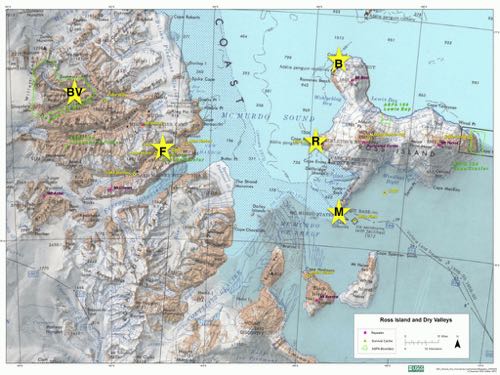
We also went to snowmobile training. Before we are allowed to use any vehicles, we must attend a training that reviews how to operate the machine and other safety precautions. After the review, research assistant, Carl Green, went out on the ice to practice using the snowmobile since he hadn't been in a full training before. To see my training in 2011, click here.
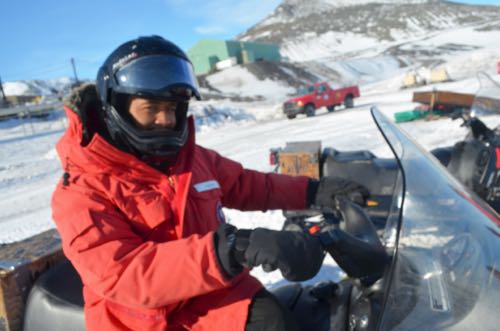
Hazardous Waste at McMurdo Station
Our research team monitors contaminants in the sediment around McMurdo Station. Prior to 1980, waste created at the station stayed at the station. Waste that could burn easily was stockpiled and set on fire. The open burning lasted from hours to days and left ash throughout the area. Waste that was not combustible (easily set on fire) such as scrap metal, debris, empty oil drums, or broken equipment was set on the sea ice to eventually sink into the bay in the summer.
A lot of this waste is considered hazardous today. In 1991, the United States Antarctic Program began managing waste more thoughtfully and has been refining its systems ever since. The other day I was able to meet George Ryan, who supervises the Haz Yard, where hazardous waste gets processed and shipped back to the United States.
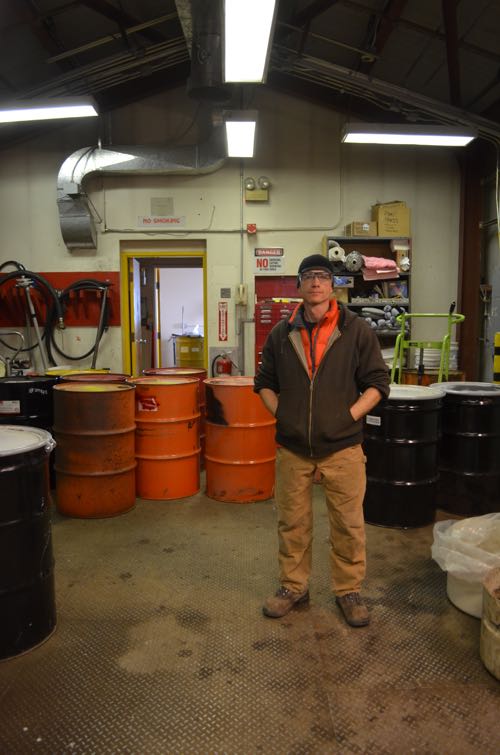
Hazardous wastes are those that are dangerous: explosives, cryogenics (materials that are kept at really cold temperatures), fuel (oil, hydraulic fuel, jet fuel), batteries, and many other types of materials. All hazardous materials from McMurdo, the South Pole, Palmer Station and U.S. field camps in Antarctica come through the Haz Yard at McMurdo Station to get processed.
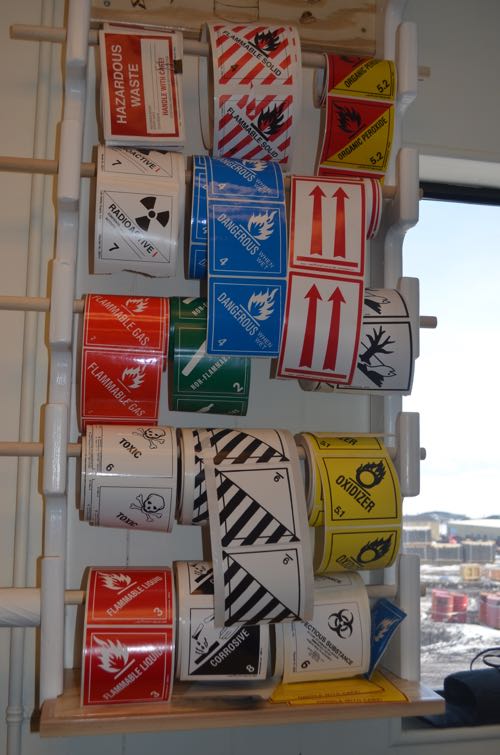
George and his team verify the contents of the hazardous waste they receive and give each item a unique tracking number. Items are then packed into large cargo containers (called milvans) and eventually are shipped back to the United States.
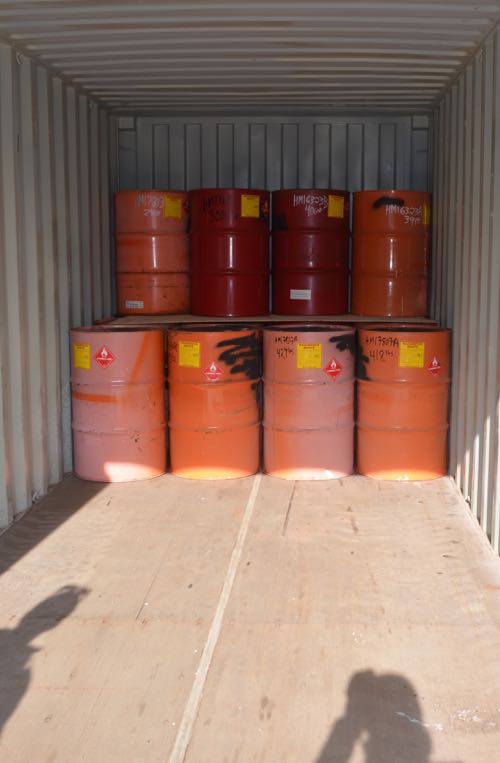
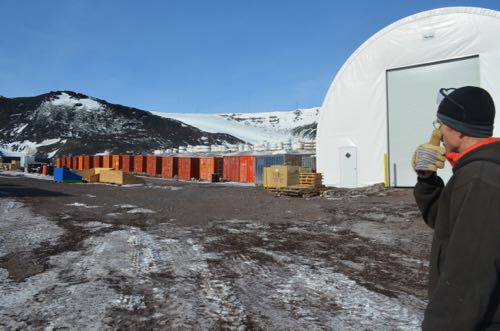
It is easy for hazardous waste to get into the sediment. When gasoline drops off the nozzle of a fuel pump, it can easily seep into the ground. An old piece of equipment or vehicle can drip oil, fuel or antifreeze onto the ground below. In Antarctica, scientists and staff are carefully trained to ensure hazardous waste does not seep into the ground. Trainings explain how to scoop up contaminated sediment or snow, which is then processed and eventually shipped back to the U.S. There are spill pads and clean up kits at fuel stations, on vehicles and throughout the area.
Math Connection
Every milvan can hold 72 oil drums. If there are 1500 oil drums, how many milvans are needed?
A Cool Lifestyle
George has been coming to Antarctica for years to help keep hazardous waste out of McMurdo's soil. He began managing hazardous waste as a side job while in college pursuing an engineering degree. After college he wanted an unconventional career that let him travel to exotic places. He enjoys working in Antarctica because the work schedule allows him to spend time traveling and enjoying life back home in Bozeman, Montana. He also appreciates working in a team and being part of the vibrant McMurdo community.
Ice POD
Today's Ice Picture of the Day discusses hazardous waste in Antarctica.
To download a PowerPoint Slide with more information, click here: 8_icepod.pptx
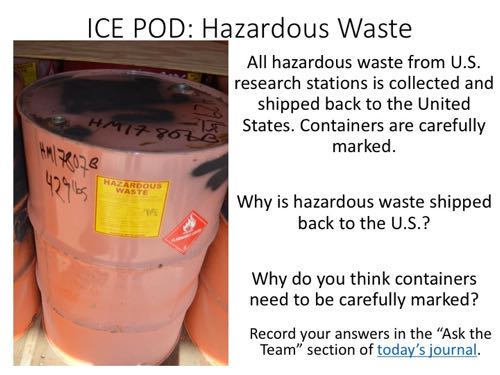
Brought to You By...
Today's journal was brought to you by the Park Forest Elementary Penguins:
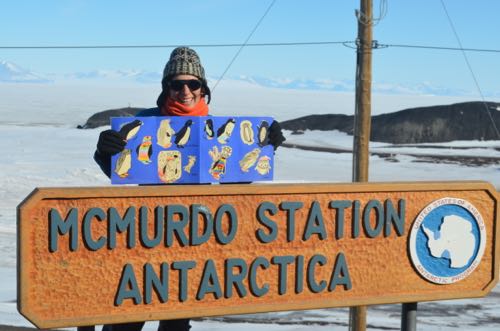
| Attachment | Size |
|---|---|
| 8_icepod.pptx102.47 KB | 102.47 KB |

Comments